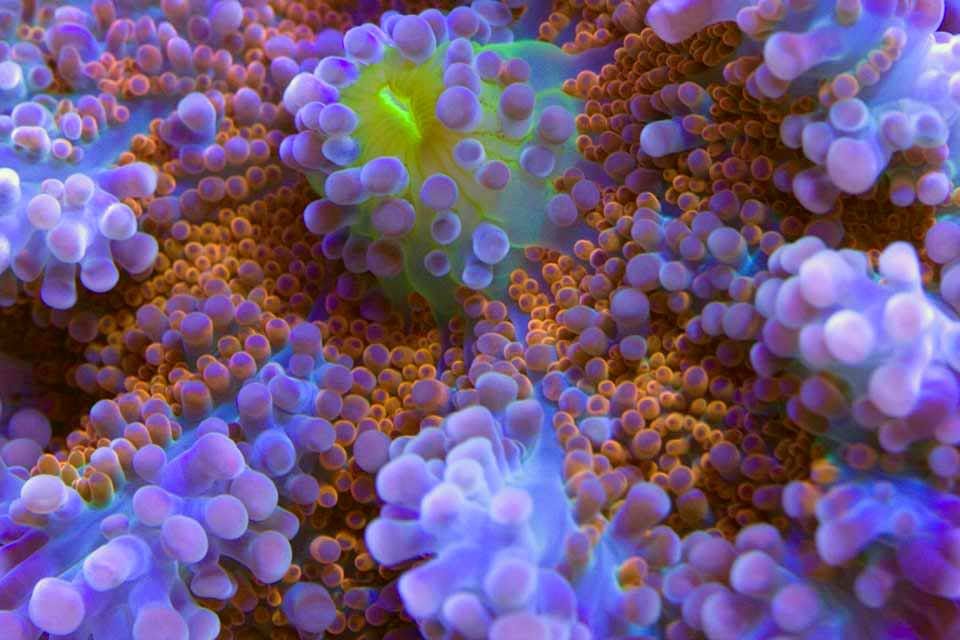Me No Nemo
Premium Member
I've had my Canon 40D now for several months and I've yet to nail down the proper settings for shooting under 20K lighting. My photos seem so washed out no matter what I try to do. I have a 100mm Canon Macro lens. Is there a best setting to shoot under to get a more true color or is it all about Photoshop? Also, has anyone here used the A-Dep setting and if so any advice? I continue to get blurry edges. See below. All feedback welcome. Thanks, Marcye





